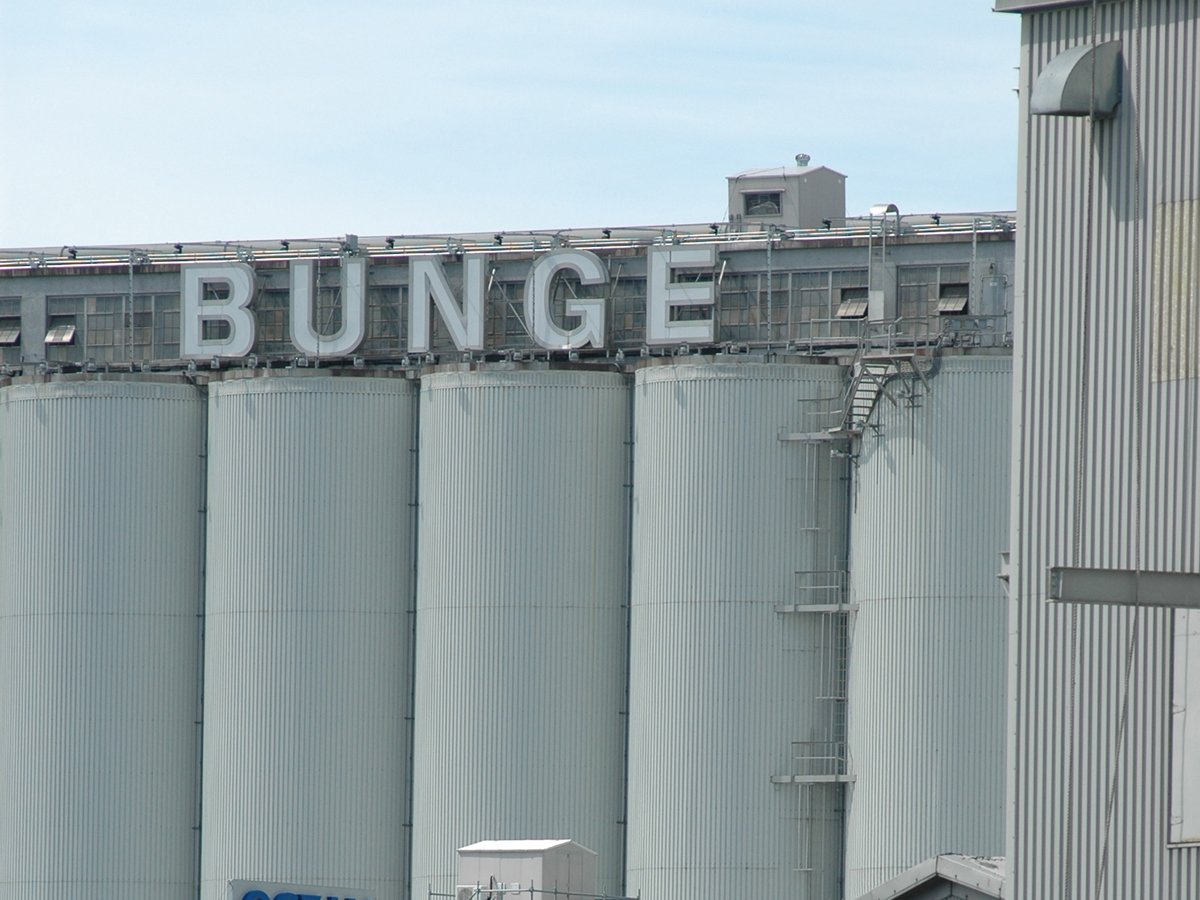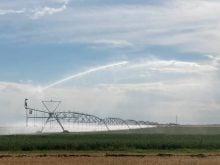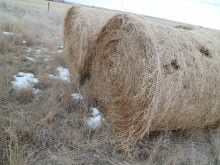Canada’s farmers, carrying a record $52.3 billion debt, could be facing higher interest rates as early as July, according to the Bank of Canada. That prospect has some farm leaders and opposition politicians warning about agriculture’s vulnerability.
Meanwhile, American farmers are carrying a debt that in comparative terms is half the Canadian one.
“Absolutely, this is a very scary situation with predictions of interest rate increases when many farmers already face huge debt servicing costs, far higher than their American competitors,” said Manitoba farm leader David Rolfe, president of Keystone Agricultural Producers.
Read Also

Bunge surpasses quarterly profit estimates
U.S. grain trader and processor Bunge Global recently reported a smaller-than-expected drop in second-quarter profit on improved oilseed processing margins.
“This is an issue farmers and policy-makers should be worried about.”
Able to cope
But economists suggest the fears are exaggerated. Higher grain prices and rising farm equity values more than offset rising debt.
“I don’t think anyone is saying there is a real concern that debt levels are at unsustainable or dangerous levels,” said Larry Martin of the Guelph, Ont.-based George Morris Centre.
“Clearly that’s not true on all farms but overall, I don’t think anyone should be an alarmist about it.”
At the University of Saskatchewan, agricultural economist Richard Gray said interest rate hikes always make indebted farmers vulnerable.
“But the question is, does the farm sector have the income to carry the debt and I would argue that with grain prices up this year, there is an increased capacity to service the debt,” he said.
“I don’t hear lenders warning about an impending debt servicing problem.”
Whether growing farm debt is an economic time bomb or a harbinger of farmer confidence and investment depends on the analyst.
But several facts are clear.
Since 1993 after many years of stability and even some debt reduction, farm debt has increased 150 percent even as the number of farmers falls. In the past decade, debt has doubled.
(See Farmer debt, page 2)
In 2006, farmer debt servicing charges “shot up 16.3 percent, the largest increase since 1981,” Statistics Canada reported last week. Debt servicing charges increased to $2.3 billion as prime business rates and one-year mortgage rates increased sharply.
Meanwhile, the U.S. Department of Agriculture projects farm debt will reach $235 billion US this year. While it has been growing in recent years, sharp increases in farm asset values have driven the debt-to-equity ratio in the United States to one of its lowest levels ever.
In Ottawa last week, the Bank of Canada warned that it could start raising interest rates to cool a hot economy if inflation rates do not drop this month.
The news of potential interest rate hikes drove speculators into a frenzy of Canadian dollar buying, driving it up more than a cent last week compared to the U.S. dollar. When it topped 93 cents, it was the highest level since 1977.
“We get a double whammy,” said KAP president Rolfe.
“We get higher interest rates and that produces a higher dollar that reduces our export prices. We are hit both ways.”
At the George Morris Centre, Martin said a slight increase in interest rates will not have a big impact on farmer bottom lines.
“The bump that the Bank of Canada statement gave the dollar did far more damage than any interest rate will,” Martin said.
In Ottawa, Liberal agriculture critic and Prince Edward Island beef farmer Wayne Easter said the prospect of ever-rising debt and higher interest rates is “extremely worrisome. I don’t think this government realizes the threat.”
Southern Alberta Conservative MP Ted Menzies, a former president of Western Canadian Wheat Growers’ Association, said it is an issue to be watched, but better farm income prospects this year make the debt easier to service.
“It’s significant and I’m not going to diminish it, but you’re also talking to a farmer that went through 22 percent interest rates and that was a struggle but we did get through that,” he said.
“Farmers are a resilient bunch.”














